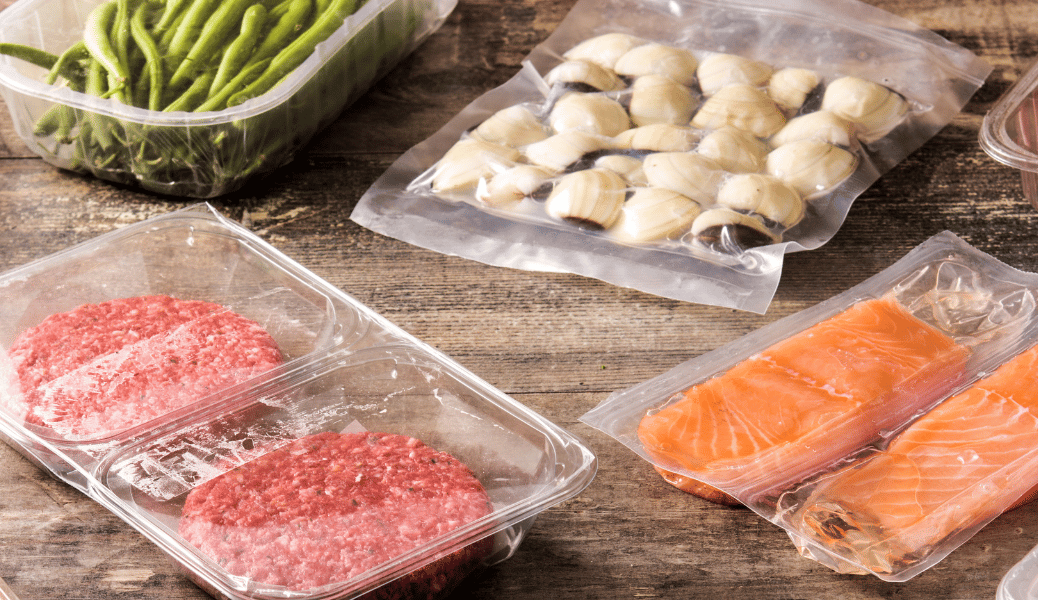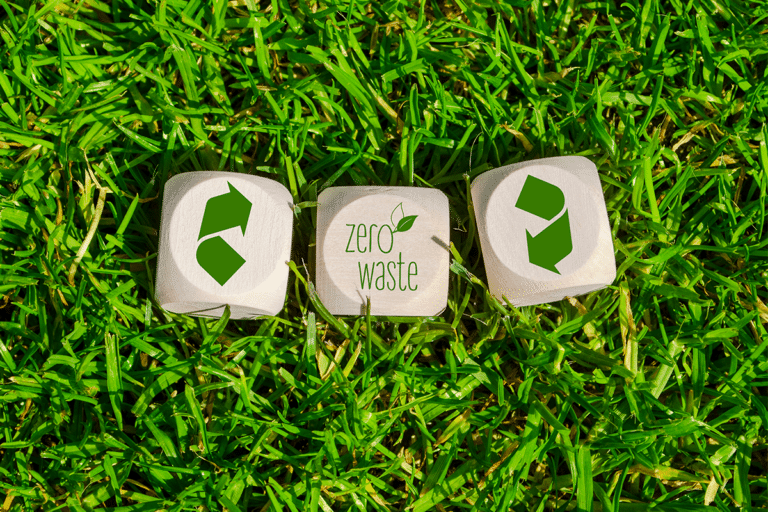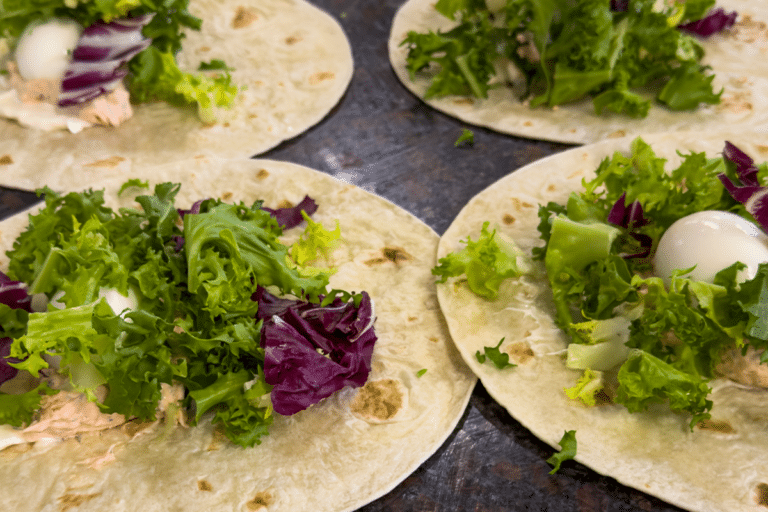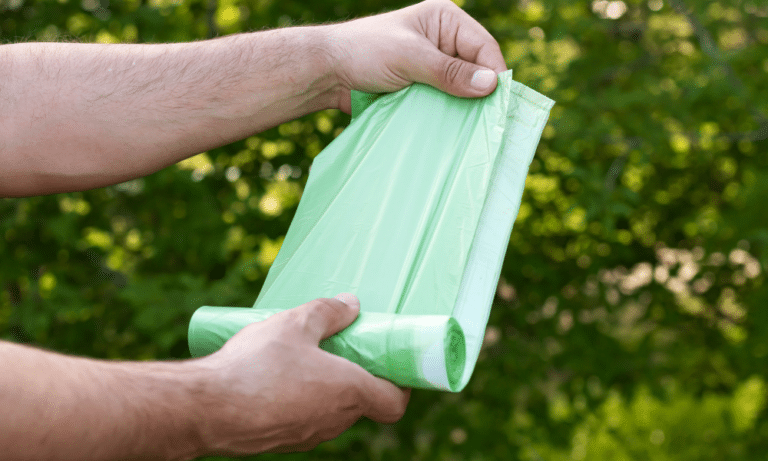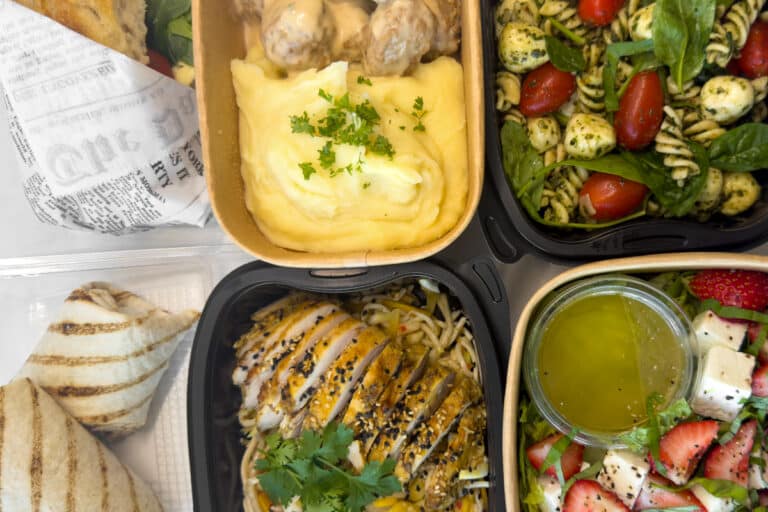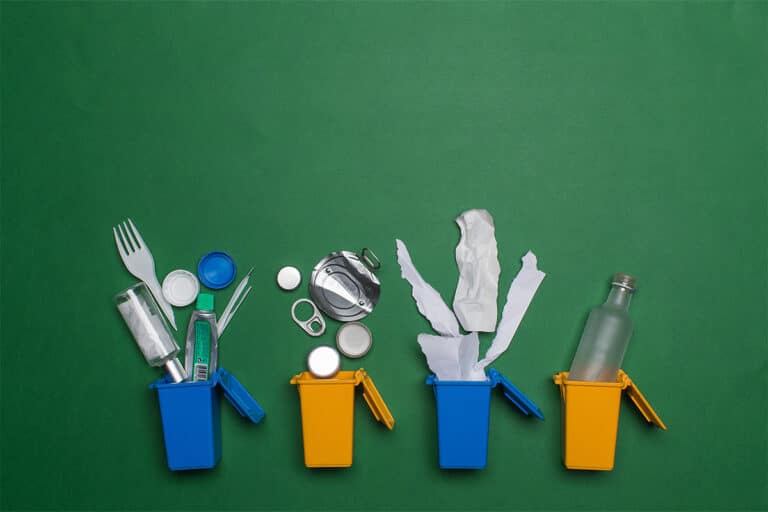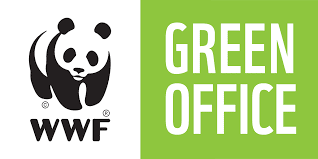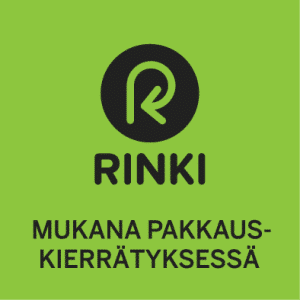Packaging materials: Plastic
Food packaging, especially plastic packaging, has been a topic of discussion on environmental impact in food industry. However, the attention paid to food packaging is disproportionate when considering their real environmental impact. According to the Finnish Packaging Association, the environmental impact of packaging is only a few percent.
Another problem with packaging is that it is only seen as garbage. A view that focuses on the problem of littering completely forgets the important function of the packaging as a food’s protector. Food waste is a bigger problem than the packaging itself. Food thrown in the trash is produced for no reason and its production has caused unnecessary environmental impacts. Packaging only becomes a problem when it ends up in nature. The most important thing would be to choose the right packaging material for each food, which improves its shelf life and reduces food waste, as well as educates the end user to recycle the packaging correctly.
It is also worth remembering that not all foodstuffs can be packaged safely without plastic. Plastic is currently an unbeatable material when it comes to food packaging. It protects and improves the shelf life of food. Plastic is especially necessary for long-lasting foods because other materials cannot guarantee the same shelf life.
Plastic is suitable for a wide range of packaging needs
Muoviteollisuus ry classifies plastic as a material that consists of long polymer chains and additives that can be molded with the help of heat and pressure at some point in the manufacturing process. A polymer is a large macromolecule that can be either natural or synthetic. Plastics are always mixtures, which is why there are different types of plastic. Different plastics are suitable for different packaging needs.
PET
Polyethylene terephthalate, or PET, is an excellent choice for food packaging due to its properties. It is clear, thanks to which the packaged product is clearly visible. The properties of PET plastic also make food packaging safe. It is non-toxic and odorless and acts as a good carbon dioxide shield. PET plastic can also be 100 percent recycled.
Amorphous PET (APET) is mostly used in packaging. Most of the drink bottles and clear food boxes are made of APET plastic because it is crystal clear. There is also partially crystalline PET (CPET), which is typically blurrier and has good heat resistance. It is most used in various ovenproof serving dishes. RPET, on the other hand, is recycled PET plastic. Its use is rapidly becoming more common, as EU regulations demand an increase in the use of recycled plastic.
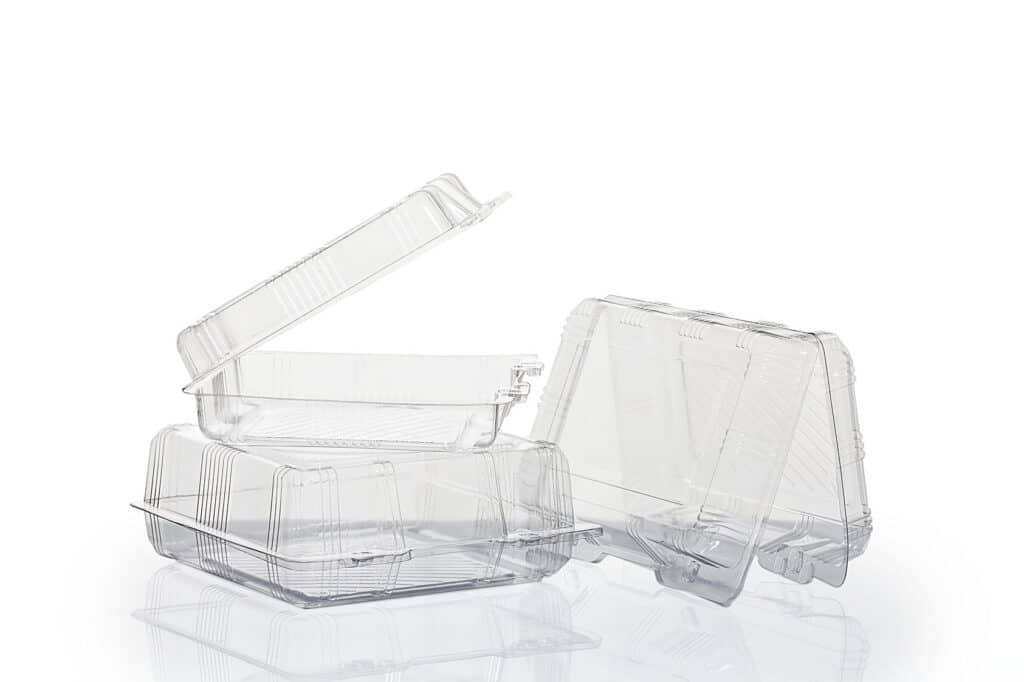
PE
Polyethylene or PE is the most used plastic in the world. Polyethylene’s are divided into three main types according to their properties: low density polyethylene PE-LD (LDPE), medium density polyethylene PE-MD and high-density polyethylene PE-HD (HDPE).
PE-LD is light and stretchable. It remains flexible even in cold conditions, but it cannot withstand heat at all. The abbreviation LD comes from the word’s low density. PE-LD is most used in various packaging films.
PE-HD is slightly heavier and stiffer than PE-LD. HD stands for high density. Fruit bags in stores are typically made from PE-HD. PE-LD and PE-HD can also be mixed to achieve the required stiffness. The mixture can be used to make various bags and films.
PP
Polypropylene or PP is a multipurpose plastic. It is stiffer and harder than PE plastic. PP plastic also withstands heat better. Various food packages can be made from polypropylene, which must withstand heat. Typically, various micro-meal boxes are made of PP plastic.
PS
Traditional polystyrene is a clear and fragile plastic that does not withstand much heat. An expanded version of polystyrene has been developed, which is typically used to pack proteins in grocery stores. Various cold or raw foods can be sold in XPS trays, which are intended to be taken home for further preparation such as heating. Fast food packages made of expanded polystyrene are prohibited.
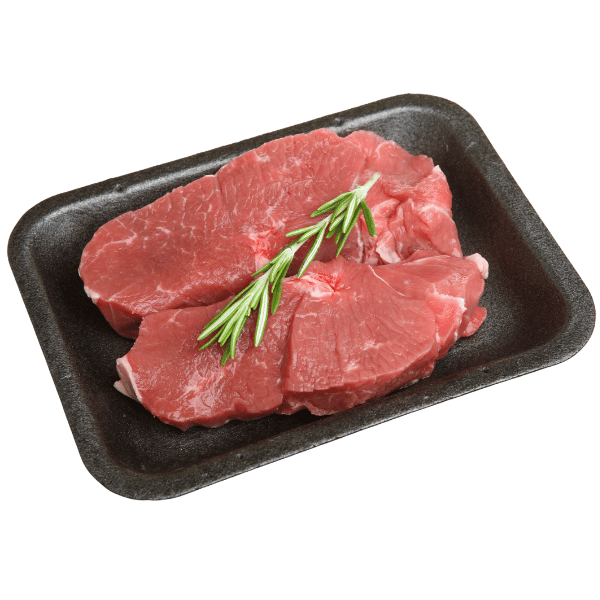
PVDC, PVC
Chlorine plastics include polyvinylidene chloride (PVDC) and polyvinyl chloride (PVC). PVC plastic can be modified a lot with the help of additives, which is why it can have many uses. Films are typically made from PVC plastic. The use of chlorine plastics has decreased considerably due to the problematic nature of chlorine. Also in Finland, efforts are being made to use other substitute materials, if they are available.
Recycling
The raw material for new plastic products can be made from the collected plastic. When the plastic ends up in a plastic refinery, it is sorted according to plastic quality. This is why it is especially important to separate the plastic packaging and any loose parts from each other. It makes sorting easier. Currently, clear plastics are easier to recycle. It can be difficult for the sorting machine to recognize the quality of black plastic, so some of the black plastic packaging ends up in energy production.
Recyclable plastics are made into plastic granules, which can be used to make, for example, plastic bags. Not all plastic packaging can be used again as recycled plastic, but they can still be used in energy production. Packaging put in waste bins is always better than thrown into nature.
